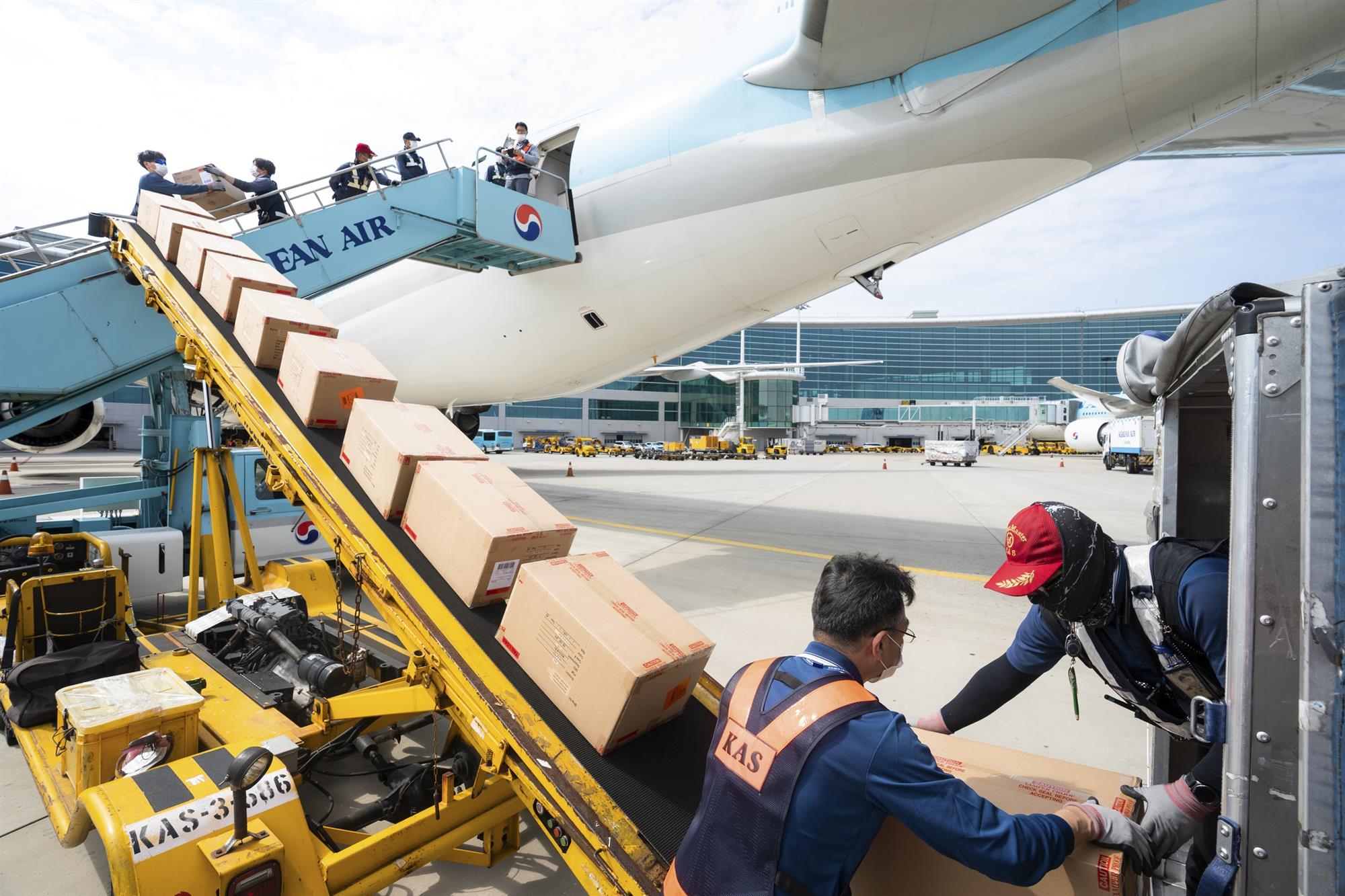For the first time, Korean Air has deployed a Boeing 777-300ER aircraft reconfigured for cargo route operations.
The preighter flight was bound for Rickenbacker International Airport in Columbus, Ohio from Seoul and left on September 8.

Korean Air noted that Columbus, Ohio is an emerging cargo base with distribution centres for American clothing and logistics companies where numerous global airlines are competing to secure demand for air cargo to and from Columbus.
For its part, Korean Air said it is meeting the demand for items such as automobile parts, electronic devices and garments.
A Boeing 777-300ER passenger aircraft can carry approximately 22 tons of cargo in cargo belly space. With the removal of passenger seats in the cabin (42 prestige seats, 227 economy seats), the converted aircraft can load additional 10.8 tons of cargo.
Modification of the aircraft to load cargo in the cabin requires a high level of technical review and competency.
"It’s not just about taking out passenger seats, but also about removing complicated in-flight electrical wiring and installing standardized locks on the floor to keep cargo secured," Korean Air said.
Surviving the impact of COVID-19
The airline noted that it has been flexibly responding to meet market cargo demand by actively using the belly space of its grounded passenger aircraft such as Boeing 777-300, Boeing 787-9 and Airbus 330-300. From April to September 2020, an average of 420 cargo-only flights a month was operated on passenger aircraft, with the average monthly transport volume reaching 12,000 tons.
"Korean Air is wisely coping with the COVID-19 pandemic with its unique competitiveness based on its expertise in the cargo business and its strong global network," it said.
The airline noted that in June, it began to transport freight in Cargo Seat Bags, a safety device installed on passenger aircraft seats, to simultaneously increase the cargo supply and reduce the parking charges for idled aircraft at the same time.